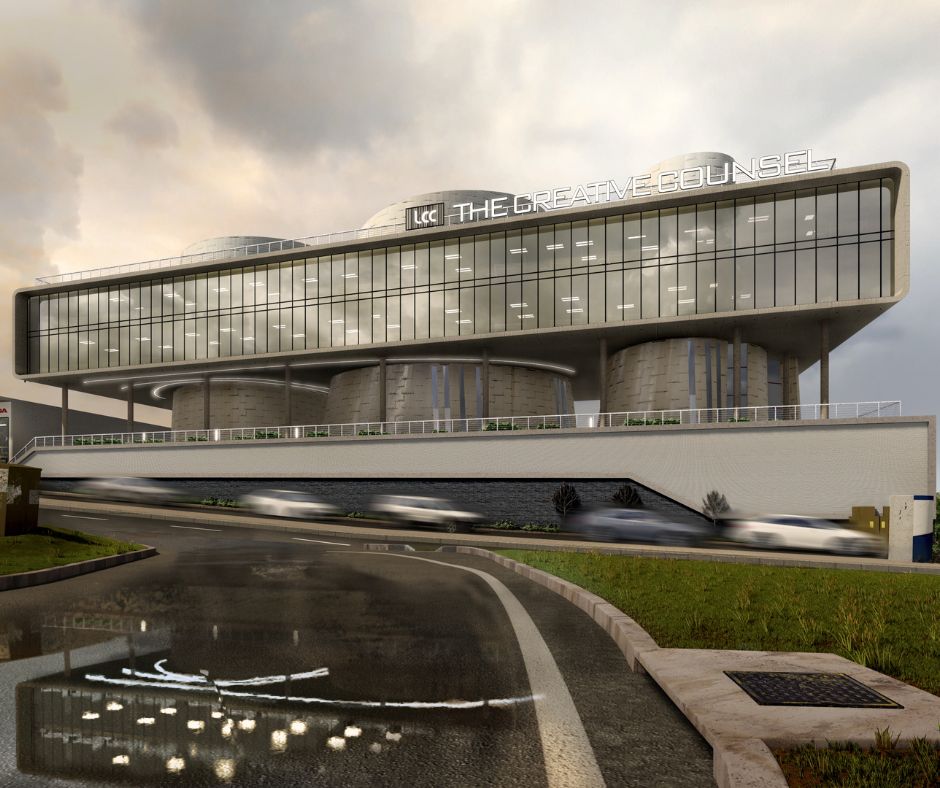
In the dynamic world of interior design, 3D rendering has emerged as a transformative tool that extends beyond the conventional boundaries of architectural visualization. The application of 3D rendering in interior design is a game-changer, providing designers, clients, and stakeholders with a vivid preview of interior spaces that transcends traditional mood boards and blueprints.
Virtual Walkthroughs
Gone are the days of relying solely on 2D floor plans to convey interior design concepts. 3D rendering allows designers to create virtual walkthroughs, enabling clients to experience the flow and ambiance of a space before a single piece of furniture is moved. This immersive experience fosters a deeper connection between the designer's vision and the client's expectations, ensuring a more collaborative and satisfying design process.
Elevating Aesthetics
One of the remarkable aspects of 3D rendering in interior design is its ability to showcase materials with unparalleled realism. From the texture of luxurious fabrics to the sheen of polished surfaces, every detail is meticulously rendered. Designers can experiment with various materials and finishes, providing clients with a comprehensive understanding of the tactile and visual elements that will define their interior spaces.
Capturing the Essence of Ambiance
Lighting is a critical element in interior design, influencing the mood and atmosphere of a space. 3D rendering allows designers to simulate different lighting scenarios, from natural daylight streaming through windows to the warm glow of carefully placed fixtures. This dynamic lighting simulation ensures that the envisioned ambiance is accurately portrayed, guiding decisions on fixture placement and the overall lighting design.
Precision in Design
3D rendering facilitates meticulous furniture placement and layout optimization. Designers can experiment with different furniture arrangements, ensuring that each piece complements the overall design while maximizing functionality. Clients can visually grasp the spatial dynamics, making informed decisions about the layout that aligns with their lifestyle and preferences.
In conclusion, the application of 3D rendering in interior design transcends traditional boundaries, offering a transformative approach to visualizing and presenting design concepts. From virtual walkthroughs to material realism and lighting simulations, 3D rendering empowers interior designers to create immersive experiences that resonate with clients, shaping the future of interior design practice.
Please contact us at studio@quickviz.com to get a quote for your 3D renderings today!
© Quickviz 2022. All rights reserved.